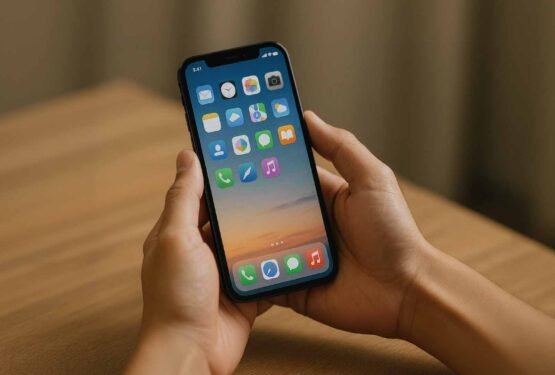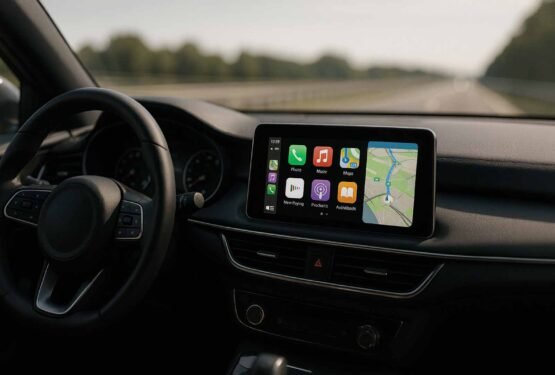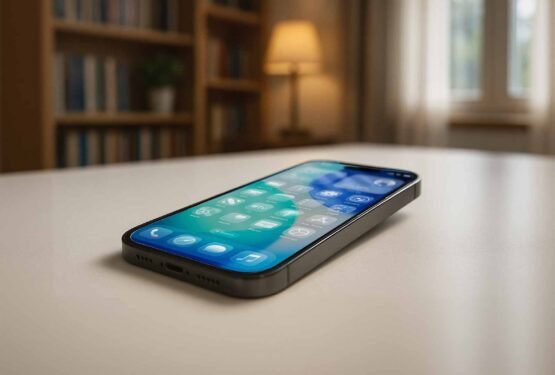
2.5D? 3D? 9H?手機保護貼材質 該如何選擇呢 ?
手機保護貼材質 款式很多種,但您知道手機保護貼 硬度 及 弧度 上也有差異在,市面上標示的9H、2.5D、3D也常常看不懂,不確定哪個才適合自己?功能上到底有什麼差異在?
這就將功能及差異介紹給您,讓您準確買到理想手機保護貼
手機保護貼 材質 及 功能
硬度
9H、10H是「抗刮硬度」的意思,以抗鉛筆畫過去留下的痕跡為依據,並非莫氏硬度!
一般來說9H以上就很能抗一般的外力刮傷,如果對抗刮很要求的使用者可以研究一下適合自己的硬度
表面弧度
大多數手機都採用曲面螢幕,想將弧邊一起覆蓋就要使用滿版曲面保護貼
2.5D ➡ 不會包覆弧邊
3D ➡ 全包覆弧邊
⚠️ 如果有使用包覆性較好的保護殼(例如犀牛盾或太勒芬)建議使用2.5D,才不會造成手機殼放不進去的囧境喔!⚠️
貼膜達人 讓YouTuber阿媽也能DIY
貼膜神器 小護士親自示範
閱讀相關文章: 手機保護貼 第一次貼膜就上手 超狂神器登場
閱讀相關文章: iPhone容量滿了 ? 教您輕鬆釋放空間
推薦文章
影片介紹
Screen protectors first entered the mobile-device market after the rise of personal digital assistants (PDAs). Since PDAs were often operated via a stylus, the tip of the stylus could scratch the sensitive LCD screen surface. Therefore, screen protectors provided sacrificial protection from this damage. Since then, the ubiquity of mobile-devices have seen the screen protector become more widely used.
Materials
Screen protectors are made of either plastics, such as polyethylene terephthalate (PET) or thermoplastic polyurethane (TPU), or of laminated tempered glass, similar to the device’s original screen they are meant to protect. Plastic screen protectors cost less than glass and are thinner (around 0.1 mm (0.004 in) thick, compared to 0.3 to 0.5 mm (0.012 to 0.020 in) for glass)[2] and more flexible. At the same price, glass will resist scratches better than plastic, and feel more like the device’s screen, though higher priced plastic protectors may be better than the cheapest tempered glass models, since glass will shatter or crack with sufficient impact force.[2]Surface
Screen protectors’ surface can be glossy or matte. Glossy protectors retain the display’s original clarity, while a matte (“anti-glare”) surface facilitates readability in bright environments and mitigates stains such as finger prints.[3]




